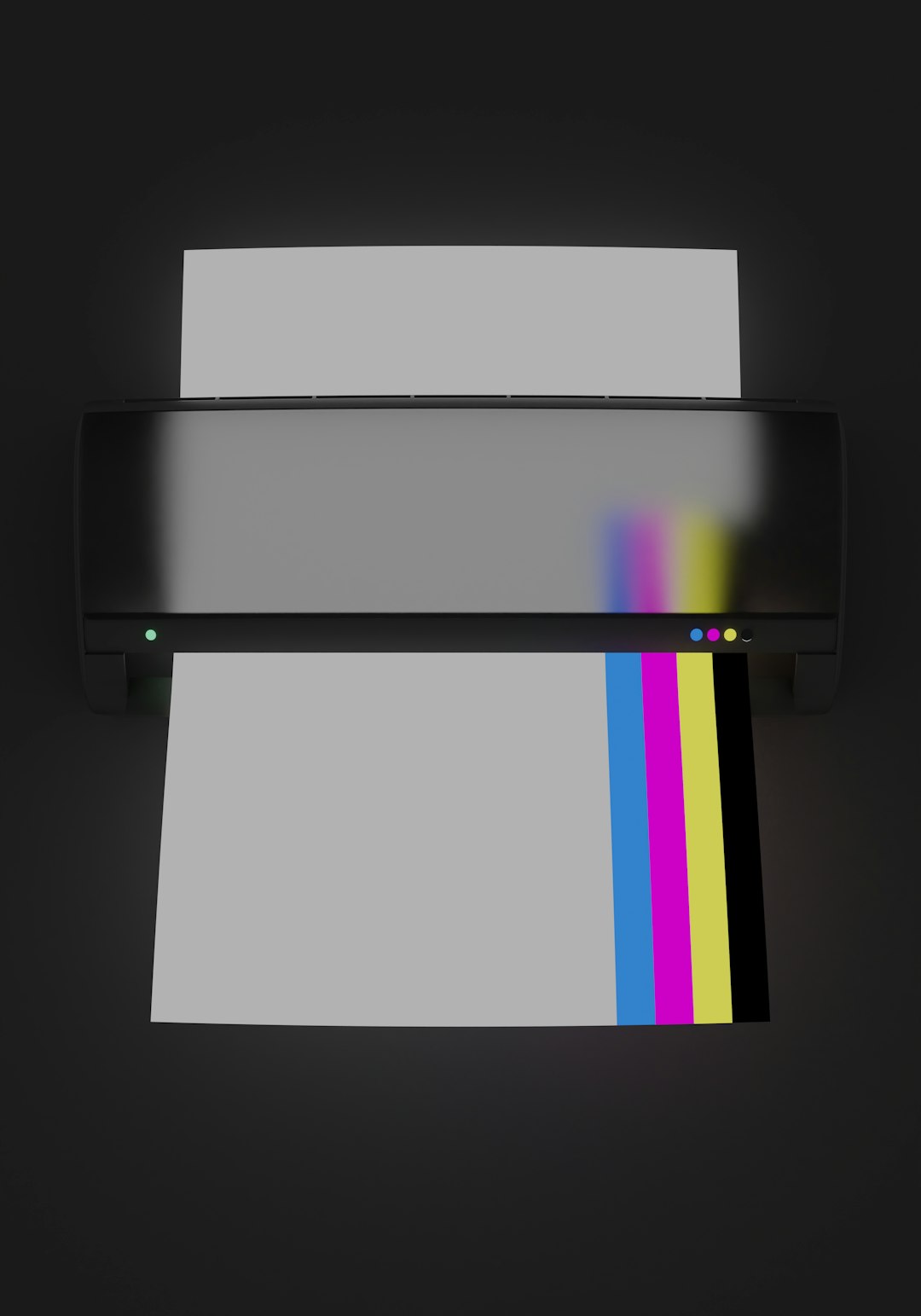In today’s visually driven digital landscape, visual content plays a pivotal role in brand storytelling and consumer engagement. As companies continue to invest in high-quality imagery for their marketing needs, the distinction between photo deliverables and advertising (ad) deliverables becomes increasingly important. Each type of deliverable carries its own set of expectations, uses, formats, and licensing models. Misunderstanding these factors can lead to costly missteps—legally, financially, and strategically.
Understanding Photo vs. Ad Deliverables
At a glance, photo deliverables and advertising assets may seem interchangeable since both involve visual imagery. However, their creation, use, and distribution channels differ vastly.
- Photo Deliverables are typically focused on capturing moments, products, or people in a neutral or naturally styled way. These are often used for websites, editorials, lookbooks, catalogs, or press releases.
- Ad Deliverables are explicitly created for campaigns and paid placements with messaging and design aimed at persuading or driving conversions.
Licensing Differences
Perhaps the most critical distinction between photo and ad deliverables lies in licensing. Creators and agencies must consider the scope, duration, and medium of usage when negotiating rights.
1. Photo Deliverables Licensing
Photographic content is often licensed with limited use parameters, commonly defined by:
- Usage type: Editorial, commercial, internal corporate use, etc.
- Territory: Local, regional, international, or global use.
- Duration: Time-bound rights ranging from months to years.
Some clients may assume they own full rights, but in many cases, photographers retain ownership, giving clients usage rights under defined conditions. Stock photography platforms operate under similar licensing models that categorize images by royalty-free, rights-managed, or extended licenses.
2. Ad Deliverables Licensing
Ad content usually requires more expansive licensing because the nature of campaign-driven marketing involves:
- High visibility with broad distribution.
- Use across multiple platforms such as TV, social media, and print.
- Potential endorsement implications, especially with recognizable talent.
Advertising licenses often involve exclusivity clauses, substantial run durations, and high exposure metrics, all of which make them more expensive. Additionally, legal clearances related to branding, recognizable identities, and locations must be accounted for.

It’s crucial to have a comprehensive contract outlining who owns what and under what terms. Working without proper legal counsel or clarity can expose brands to infringement suits and reputational damage.
File Formats and Technical Specifications
The output format is another point of divergence. Misunderstanding format requirements can result in deliverables that aren’t suitable for intended channels.
Photo Formats
Photography deliverables are typically produced with a focus on high resolution and editing flexibility. Common formats include:
- RAW: For clients requiring extensive post-production control.
- TIFF: High-resolution format for printing or archiving.
- JPEG or PNG: Optimized formats for web use or emailing.
Photographers often include metadata such as color profiles, exposure information, and geotagging for clarity and organizational purposes.
Ad Deliverables Formats
Advertising assets are often multi-component and designed to meet the unique requirements of different platforms. Typical formats might include:
- Layered PSD or AI files: For flexibility in adaptation by designers or media agencies.
- Compressed formats such as JPEG, MP4, or GIF: Used for platform-friendly upload and quick loading.
- HTML5: Interactive ad formats for banner or display advertising.
Unlike photo deliverables, ad creative often needs to go through approval and adaptation pipelines by media buyers, meaning correct specs, dimensions, and file weights are non-negotiable.

Channel Fit and Optimization
Where and how an asset is to be distributed makes a significant impact on its design, messaging, and specification.
Photo Deliverables and Channel Use
Photographic assets generally aim to be more evergreen and versatile. They may appear in:
- Company websites
- Social media feeds (non-sponsored)
- Digital or print catalogs
- Media kits or internal resources
These deliverables are chosen for their authenticity, brand consistency, and editorial quality. Optimization here generally focuses on resolution, cropping, and proper color profiles.
Ad Deliverables and Channel Use
Ad assets are tightly aligned with campaign strategies and are customized to optimize engagement. Targeted platforms include:
- Social media (ads only)
- Digital programmatic platforms
- Print placements in magazines or billboards
- Broadcast or streaming services
Each channel has its own specification for asset dimensions, durations, and content policies (especially for ads run on platforms like Facebook or YouTube where text-to-image ratios and file sizes are regulated).
Creative Intent and Messaging Strategy
An often overlooked, yet vital difference between the two deliverable types is their underlying creative strategy.
- Photos: Typically aim for brand-aligned documentation. Lighting, composition, and subject matter are chosen to express identity and style.
- Ads: Each element is designed for conversion, attention retention, and message clarity. This can involve composite editing, text overlays, animations, and layered narratives.

In short, the intentionality behind ad deliverables is deeply tactical, whereas photos tend to reflect broader brand sentiment.
Cost Implications and Budget Ownership
From a budgeting perspective, the classification of deliverables affects both cost allocation and expectations. Photographic projects may be tied to brand, PR, or product teams. In contrast, ad campaigns fall under marketing or paid media departments with larger budgets but tighter ROI scrutiny.
For instance, a photoshoot may cost $5,000 but serve multiple departments over a year. A single ad deliverable for a week-long campaign could cost more due to licensing, design, and media placement, but with measurable conversion goals.
Best Practices for Clients and Creators
Clear communication and pre-production alignment are essential for both creators and clients. Here are some best practices:
- Define project intent early: Differentiate whether the work is for general brand documentation or direct marketing.
- Clarify usage rights during contracting: Don’t assume full transfer of rights without legal documentation.
- Plan for distribution from the start: Each platform or channel has specific needs—ensure deliverables are formatted accordingly.
- Budget wisely: Allocate adequate funds for licensing, adaptation, and platform-specific assets.
Conclusion
As marketing ecosystems grow more complex, understanding the nuances between photo and ad deliverables becomes not only beneficial but necessary. From licensing laws to platform compatibility and format fidelity, brands must prioritize clarity and planning in visual production workflows. The right approach ensures legal safety, efficient asset usage, and consistent visual storytelling across all channels.



Leave a Reply